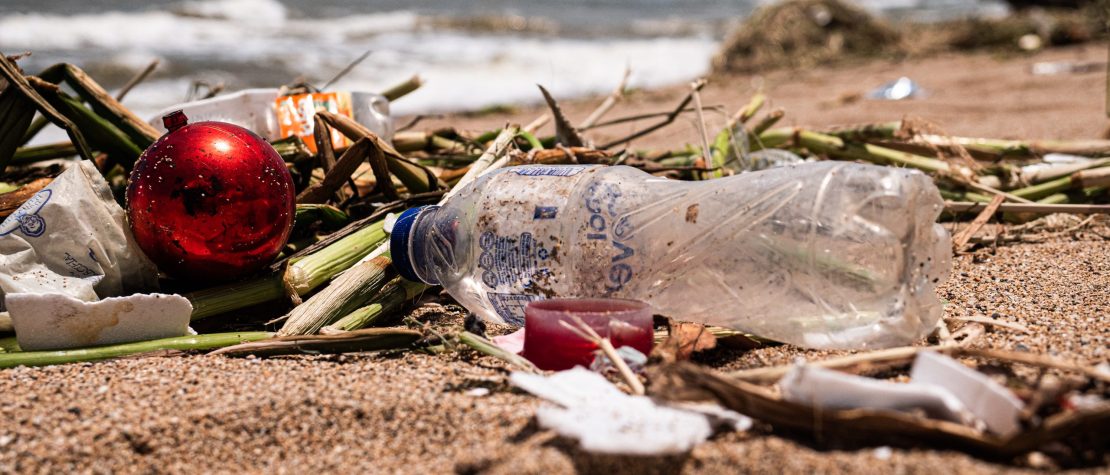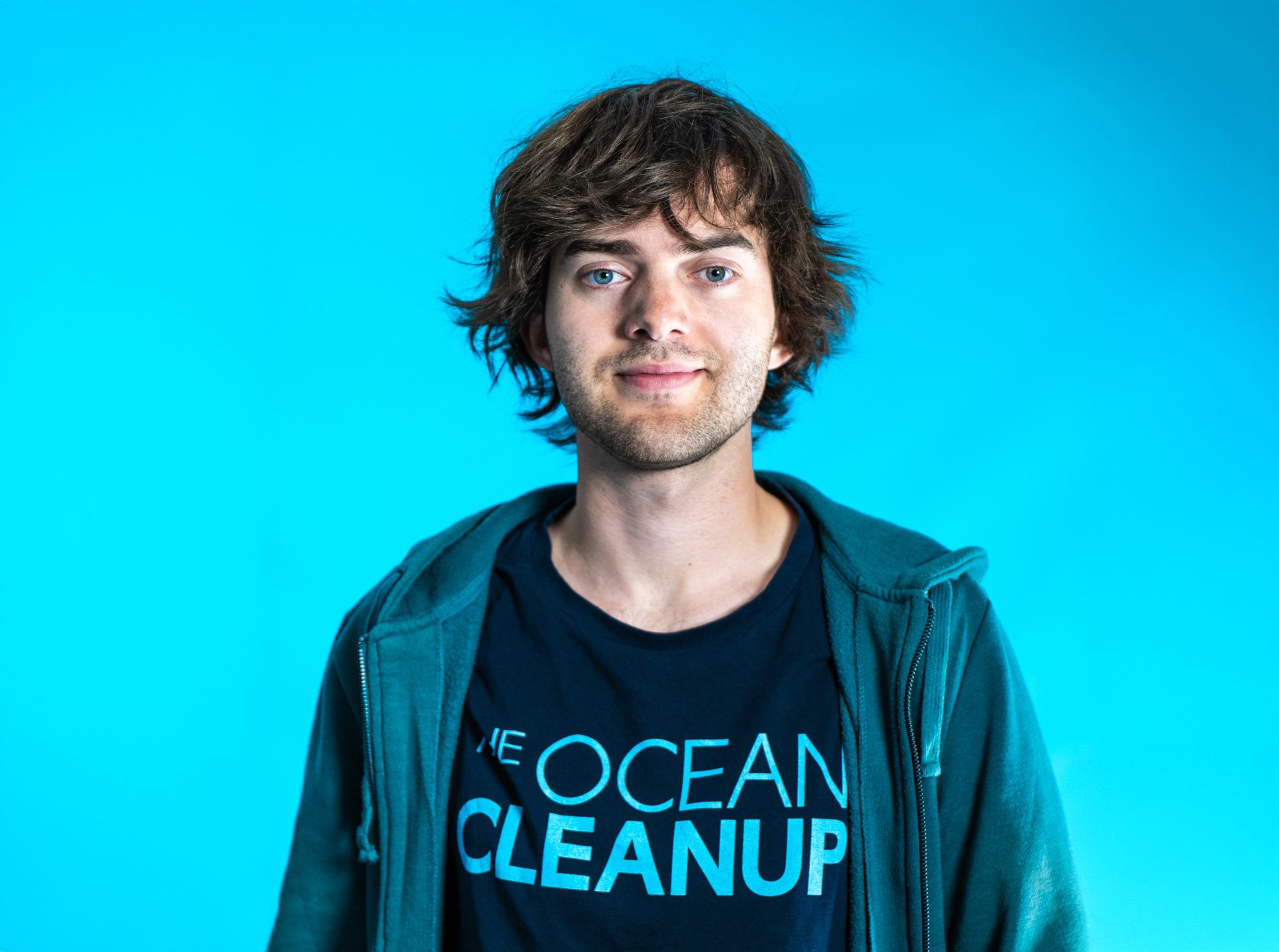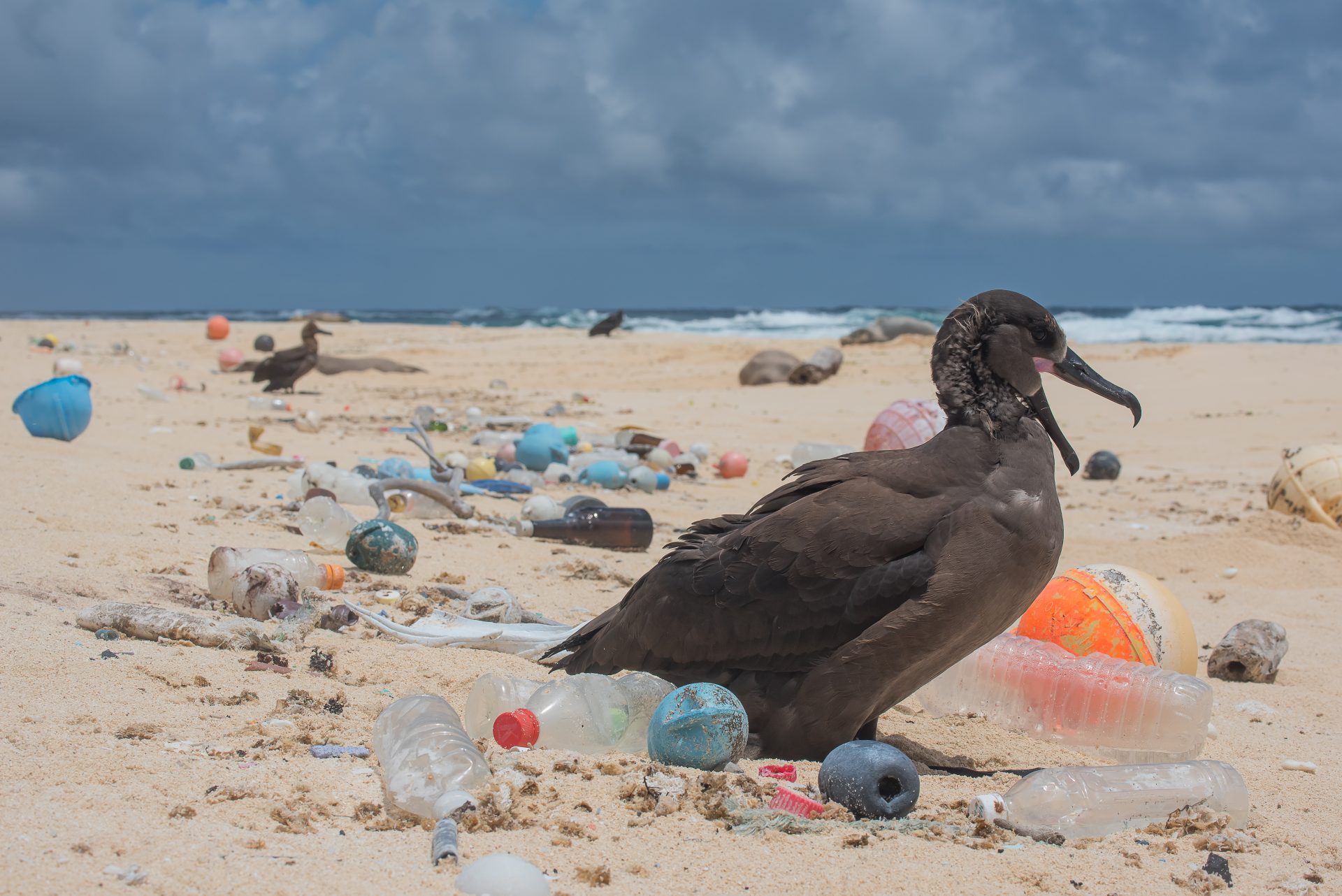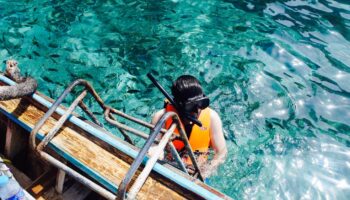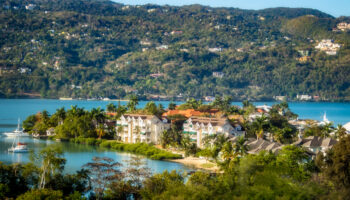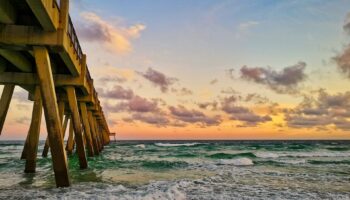The Ocean Cleanup has been working toward a world where plastic no longer pollutes our oceans which have an estimated 75 to 199 million tons of plastic and another 33 billion pounds entering the marine environment every year. It permeates every inch of the ocean, from plastic water bottles that float on the surface to microplastics in the food chain.
In 2013, at the age of just 18, Dutch inventor Boyan Slat founded The Ocean Cleanup in The Netherlands. It all began when he saw more plastic bags than fish when scuba diving in Greece. He wondered why it couldn’t just be cleaned up, leading him to research the problem for a school project. After learning about the Great Pacific Garbage Patch, the largest accumulation of ocean place on Earth with a surface area of over 617,763 square miles – twice the size of Texas, he knew something had to be done. In 2012, Slat held a TEDX talk about how to eliminate ocean plastic using technology. With the video going viral, the momentum followed, leading to the founding of Slat’s company.
Today, the non-profit organization has a team of 145 scientists, researchers, engineers, computation modelers, and others in supporting roles that work daily to rid our oceans of plastic. The Ocean Cleanup aims to eliminate 90 percent of floating plastic by 2040, but Slat believes it can be done faster.
The World’s First Cleanup System
In September 2018, the world’s first cleanup system, System 001, was launched as a trial in the Great Pacific Garbage Patch, the largest accumulation of ocean place on Earth. Located between California and Hawaii, it has a surface area of over 617,763 square miles – twice the size of Texas. The cleanup system used a long floating barrier to collect plastic debris while drifting with the currents. It essentially acted like an artificial coastline, concentrating plastic within a collection zone at its end. It would periodically be removed by a support vessel and taken to land for recycling.
Unfortunately, System 001 wasn’t successful as it didn’t effectively capture plastic. But it did provide important lessons that were incorporated in later designs. System 001/B validated the core concept of the technology and managed to catch the first batch of ocean plastic in 2019. On October 24, 2020, the first product was launched: the Ocean Cleanup sunglasses, made using the plastic the company removed from the ocean. The first full-scale cleanup system that made a real impact in the Great Pacific Garbage Patch was System 002, which was trialed there from July through October 2021. By the time they transitioned to System 03, a larger and upgraded system, 002 had extracted over 623,483 pounds of trash from the ocean.
A Record-Breaking 2024
Deployed in August 2023, System 003 took Ocean Cleanup to a whole new level. Three times larger than its predecessor and capable of cleaning up the equivalent of a football field in just five seconds, it set the stage for the company’s record-breaking 2024. Significant progress was made toward ridding the world’s ocean of plastic. More than 24 million pounds of trash was removed from oceans and rivers, surpassing the amount collected in all previous years combined.
That significant milestone helped confirm that cleaning up the Great Pacific Garbage Patch is possible and achievable with the projected cost at $7.5 billion.
Beyond Cleaning Up
Of course, if plastic continues to enter our waterways, it could be a never-ending battle, which is why The Ocean Cleanup now goes beyond cleaning the oceans. Preventing plastic from entering in the first place is essential. The company has a river interceptor network that was recently expanded to include the Chao Praya River as part of a longer-term initiative to reduce plastic pollution in the Gulf of Thailand. Another interceptor was installed in Kingston, Jamaica’s Sandy Gully, one of the largest waterways in the country, while yet another at the Rio Motagua in Guatemala marks an important step in protecting the Gulf of Honduras and the second-largest coral reef in the world.
By intercepting plastic in the rivers, cutting the inflow of pollution and continuing to cleanup what’s accumulated, eventually, our oceans will be clean. Slat says that’s when “we can put ourselves out of business.” While growing a company and making money is the bottom line for most, this entrepreneur has a goal that would significantly benefit the entire world. From marine life and ecosystems to supporting fisheries and coastal economies and reducing potential human health risks associated with microplastics in the food chain, a clean ocean helps us all.
Tags: Cleanup
